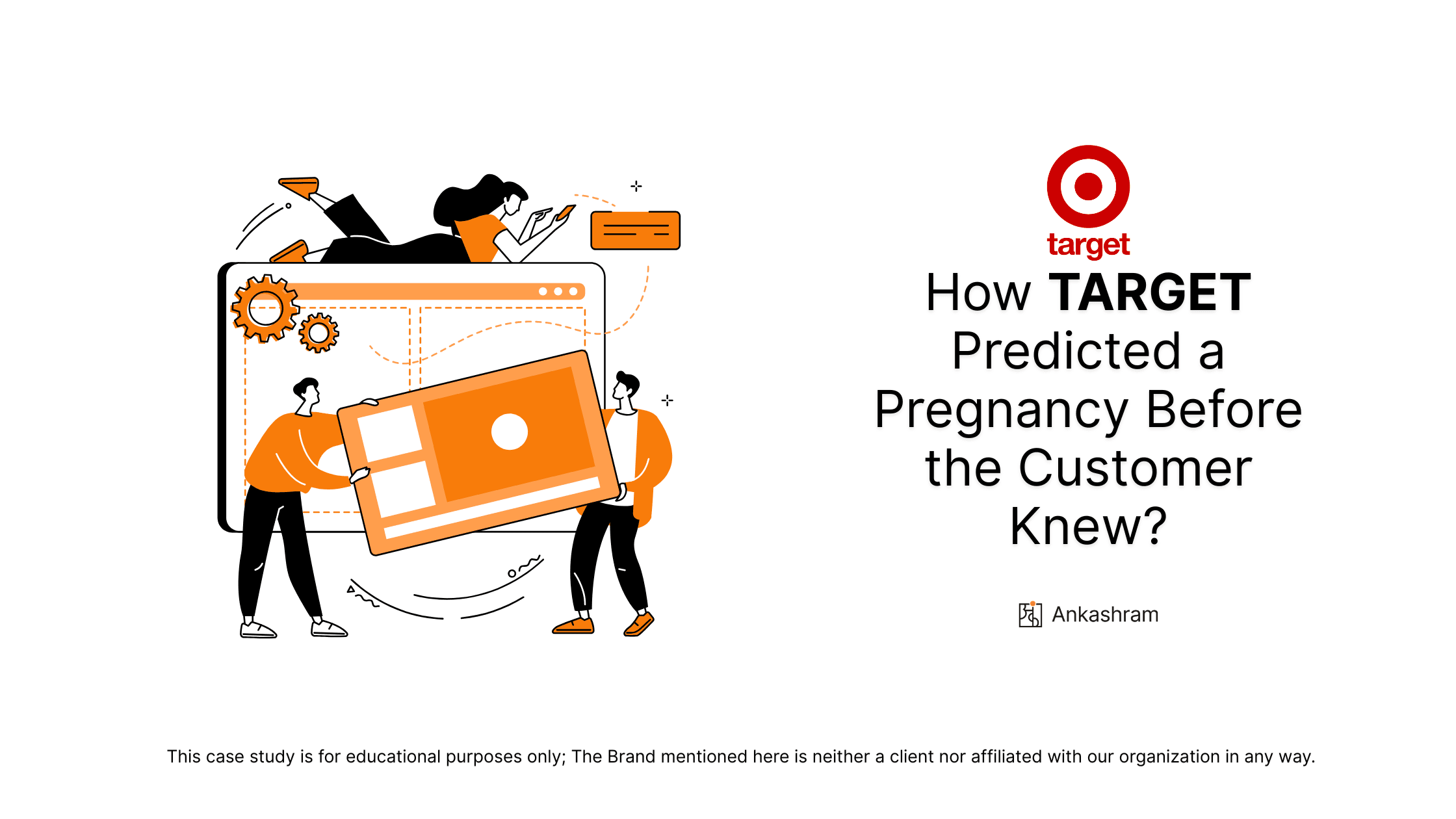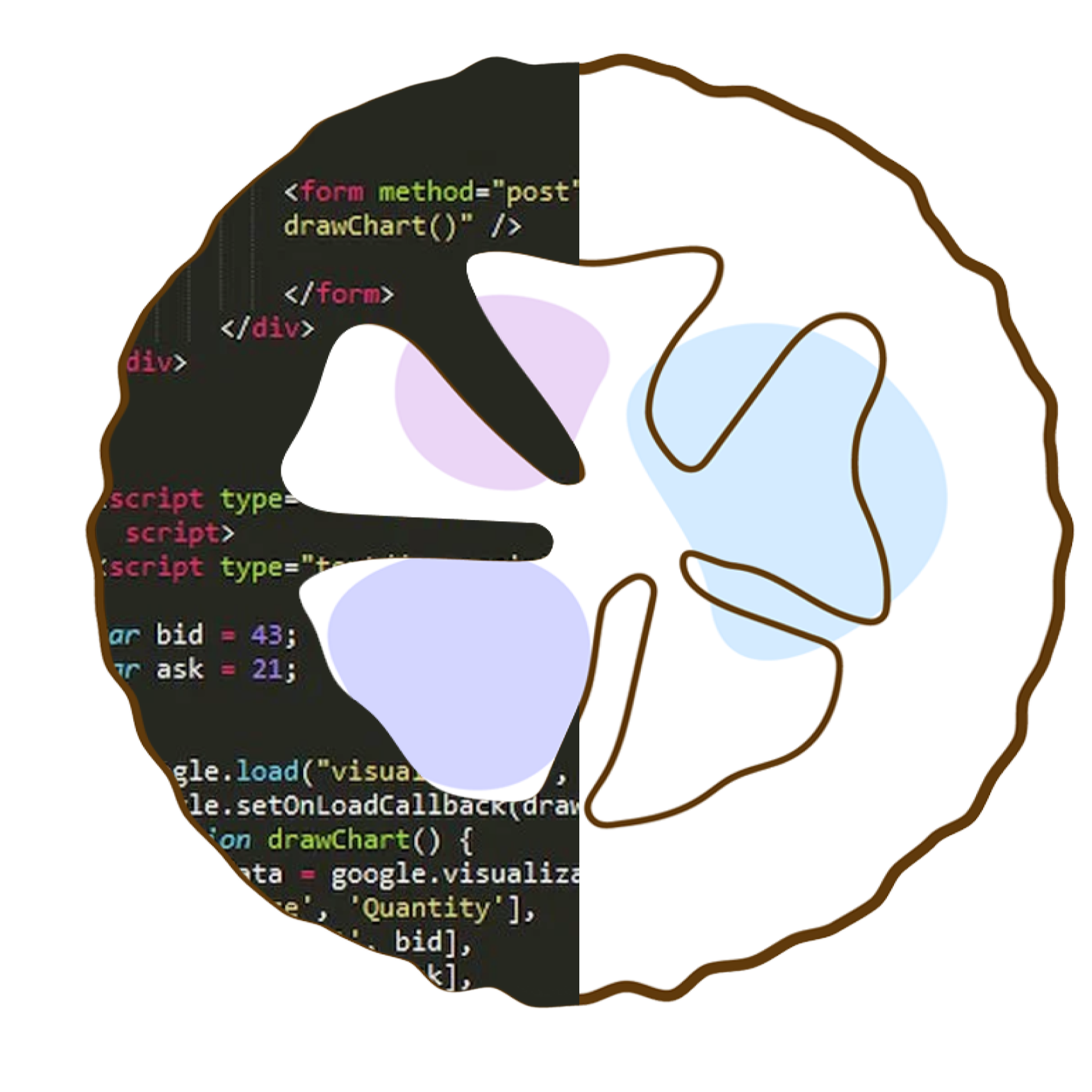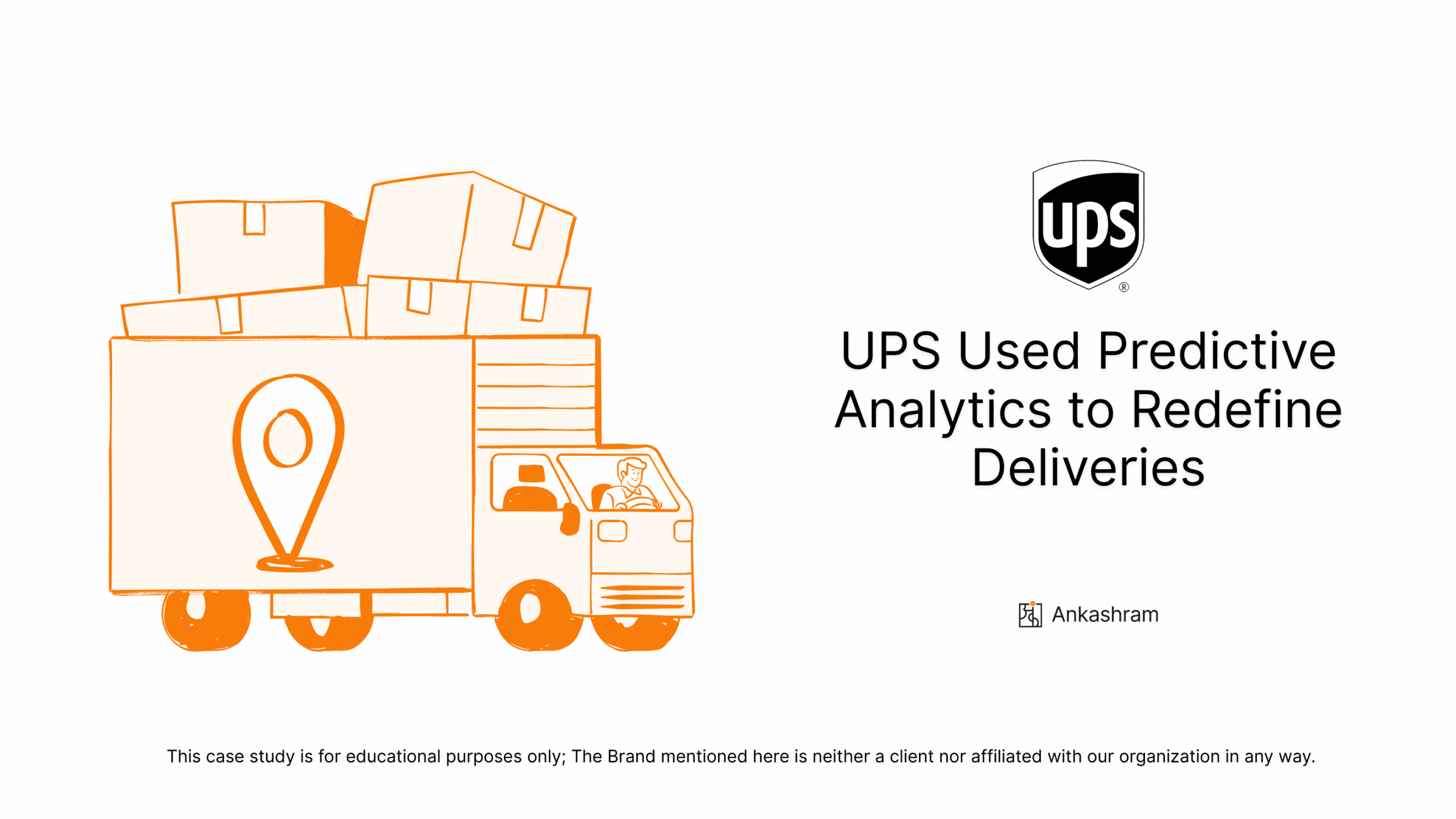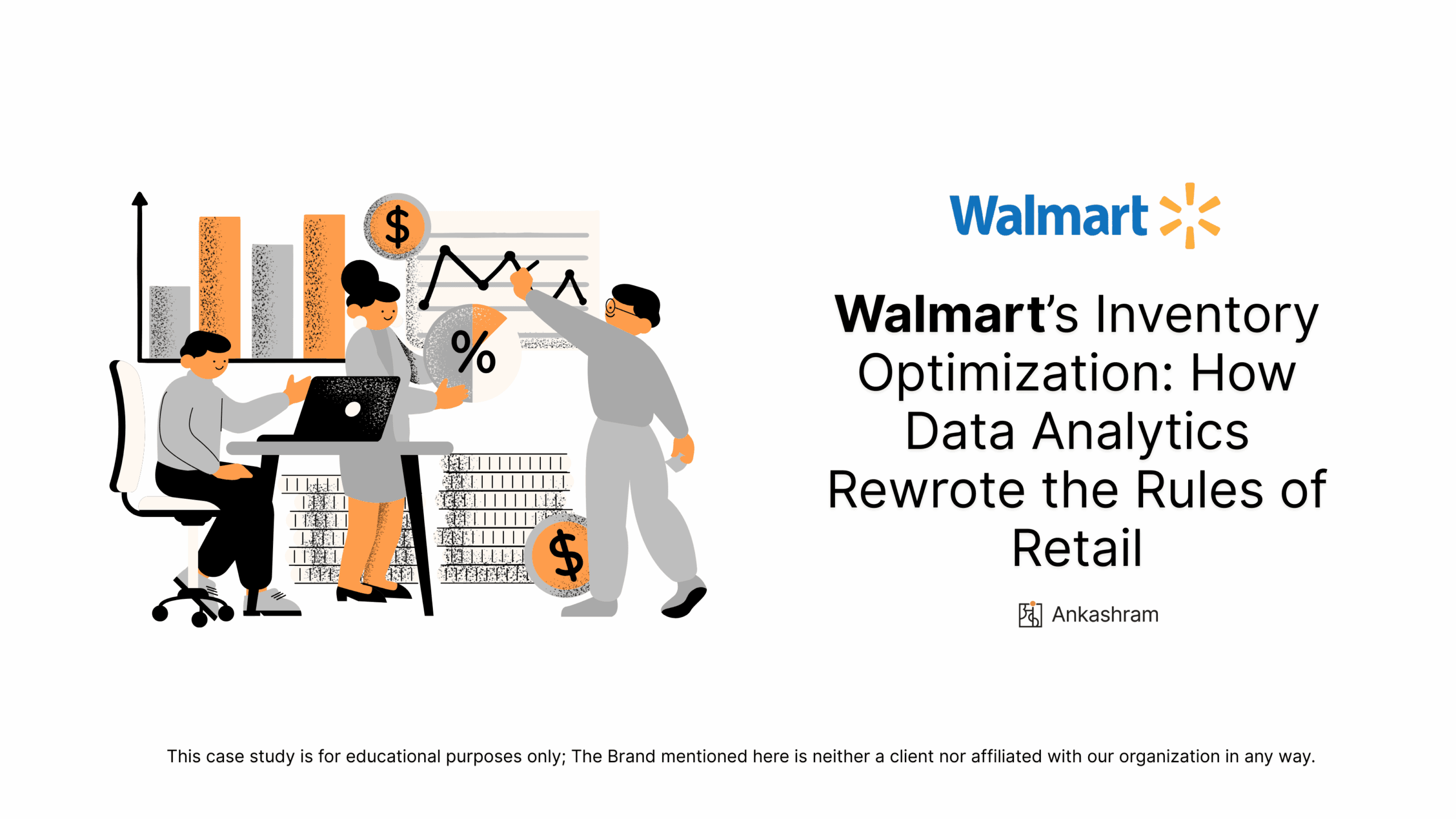August 15, 2025

How Target Predicted a Pregnancy Before the Customer Knew
By Experts
Retailers have always chased life events because they disrupt routines and create openings for new loyalties. Among these, pregnancy stands out as the most commercially valuable. Expecting parents buy not just baby products but also household goods, furniture, clothing, and groceries in larger volumes. Winning customers early in this life stage can lock in spending habits for years.
The Target Pregnancy Prediction Case: When Analytics Crossed into Everyday Life
Target, one of America’s largest retailers, recognized this opportunity in the late 2000s. Executives asked their analytics team to identify expecting mothers before competitors could. The idea was simple: if Target reached them by the second trimester, it could shape shopping patterns before other brands filled their mailboxes with coupons. What followed became one of the most famous, and controversial, stories in modern analytics.
Target’s analysts turned to data already within their reach. Thousands of women voluntarily shared their pregnancy status by registering for Target’s baby registry. This created a reliable group of “known” expecting mothers. By studying their purchasing behavior before the registry sign-up, analysts could look backward and uncover the subtle patterns leading up to the moment a woman publicly declared her pregnancy.
Detecting Pregnancy Through Shopping Patterns
Patterns emerged quickly when analysts compared behavior across thousands of registry members. They noticed that women who later declared pregnancy often started buying unscented lotions in mid-pregnancy. Purchases of calcium, magnesium, and zinc supplements tended to rise earlier. Closer to delivery, sales of cotton balls, fragrance-free soap, and other personal care basics spiked. On their own, these purchases meant little. Together, they became powerful signals.
Target’s analytics team eventually identified about two dozen such signals. Each product acted as a weak indicator, but when combined, they formed a probability score. This score estimated the likelihood of pregnancy and even suggested a rough due-date window. With this system, Target could mail stage-timed coupons that matched each phase of pregnancy. A woman in her second trimester might receive discounts on maternity clothing, while one closer to delivery could get offers on diapers and cribs.
The brilliance of the method lay in its simplicity. Instead of accessing medical data or asking personal questions, Target inferred life events from everyday purchases. This was analytics applied at scale, revealing how patterns in ordinary behavior can expose extraordinary truths. However, brilliance soon collided with perception.
The Anecdote That Went Viral
In 2012, a journalist shared a story that quickly spread worldwide. According to the report, a father in Minnesota stormed into a Target store, furious that his teenage daughter had received coupons for baby products. He accused Target of encouraging inappropriate behavior. Weeks later, he returned to apologize. His daughter was, in fact, pregnant.
The anecdote illustrated the accuracy of Target’s prediction system but also raised uncomfortable questions. How much did the company know about its customers? Was it acceptable for a retailer to identify pregnancy before family members knew? Though the story was anonymized and never confirmed with names, its emotional punch ensured it became the defining example of predictive analytics gone too far.
Crucially, the story highlighted a gap between what analytics teams celebrate as success and what customers perceive as intrusion. For analysts, the ability to predict pregnancy was a triumph of data science. For the public, it was unsettling proof that corporations might know more about individuals than their own families did.
When Smart Targeting was not enough
Target quickly realized that accuracy alone was not enough. Even if its predictions were correct, the marketing approach risked alienating customers. People dislike feeling surveilled, especially in areas as intimate as health and family. To manage the backlash, Target began mixing pregnancy-related offers with unrelated coupons. A flyer might include discounts on diapers, but it would also promote lawnmowers or kitchenware. This “camouflage” made the offers feel less targeted, reducing the creep factor.
This adjustment was not merely a marketing trick. It was a lesson in perception design. Analytics can identify the right customers, but messaging must respect emotional boundaries. Customers do not always object to being targeted; they object when targeting feels too precise, too personal, or too sudden. Target’s experience showed that analytics is not just about data but also about the psychology of how insights are delivered.
The company’s misstep also influenced wider debates on privacy. Within days of the story gaining traction, the White House proposed a “Consumer Privacy Bill of Rights,” aimed at creating clearer guidelines for sensitive inferences from everyday data. Although no sweeping law emerged immediately, the episode became a touchstone in discussions about what companies should or should not do with personal information.
Lessons for Analytics Enthusiasts
The Target pregnancy prediction story continues to resonate because it captures both the power and the pitfalls of data-driven marketing. For analytics professionals, it holds at least five enduring lessons.
- First, everyday data often contains the loudest signals. Analysts did not need medical records or surveys. Purchase history alone whispered the story of a major life event. This highlights the hidden richness of operational data that companies already possess.
- Second, timing matters as much as targeting. Sending the right offer at the right stage creates outsized impact compared to blanket discounts. A coupon for diapers six months before birth has far more value than a generic promotion after the child is born.
- Third, accuracy must be measured, not assumed. The viral anecdote does not reveal how often Target’s model produced false positives. Serious analytics requires testing, lift measurement, and continuous monitoring. Headlines rarely capture error rates, but organizations live with the consequences of them.
- Fourth, perception is itself a metric. Success cannot be judged only by response rates or sales lift. If customers feel uncomfortable, trust erodes. Target’s blending of baby offers with unrelated items reflects a recognition that presentation matters as much as prediction.
- Finally, privacy expectations evolve over time. What felt acceptable in 2012 may no longer hold in 2025. New laws, browser policies, and consumer attitudes constantly shift the boundary between clever personalization and overreach. Analysts must design systems with adaptability in mind.
A Broader Context of Life Events
Target’s strategy did not emerge in isolation. Retailers have long known that life events such as moving, marriage, and having children prompt consumers to switch brands and stores. These moments are when loyalties are reshaped. By aiming to reach expecting mothers by the second trimester, Target sought to embed itself at the heart of a household’s evolving shopping routine.
This strategy reflects a broader truth: analytics thrives when tied to human behavior rather than abstract metrics. Life events are powerful not because they generate transactions but because they reset habits. The goal of analytics, in this case, was not just to sell baby formula but to shape years of household purchasing.
The debate sparked by Target also shaped how companies approached similar opportunities. Marketers became more cautious about making sensitive predictions too visible. Instead, they began focusing on softer personalization, often signaling relevance without revealing the depth of the underlying model.
Why This Case Still Matters
More than a decade later, the Target pregnancy case remains a staple in business schools, analytics courses, and privacy debates. It illustrates the tension between innovation and public comfort. It also shows how a well-intentioned use of data can spiral into a reputational challenge if perception is not managed.
For analysts today, the lesson is not to shy away from powerful insights but to package them responsibly. Predictive analytics can transform industries, but without careful design, it risks alienating the very people it seeks to serve. Trust, once lost, is far harder to regain than a missed sales opportunity.
The story also underscores the need for transparency. While consumers may not want every detail of a model, they do want to feel that companies respect boundaries. Balancing personalization with respect is the art that separates long-term success from short-term gains.
Conclusion
The Target pregnancy prediction story is more than a viral anecdote. It is a case study in how analytics reshapes business strategy, marketing, and privacy norms. By connecting purchase patterns to life events, Target demonstrated the immense power of data. Yet, by triggering discomfort, it also showed the importance of perception, timing, and ethics.
Analytics enthusiasts should view this story not as a cautionary tale that discourages innovation but as a roadmap for responsible application. Everyday data can yield extraordinary insights, but success depends on how those insights are deployed. Respect for customers, adaptability to evolving norms, and attention to perception are not afterthoughts. They are central to sustainable analytics.
Target’s story endures because it captures both sides of analytics: its potential to transform and its capacity to unsettle. The balance between the two remains the defining challenge for the field.


